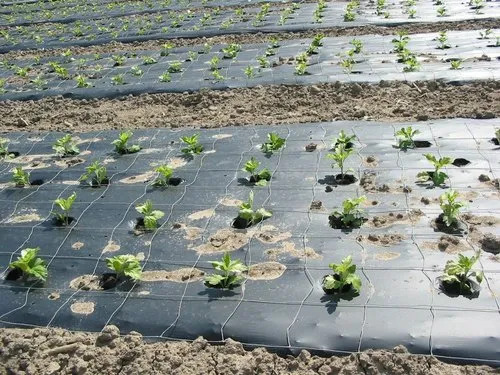- contact@shankartechx.com
- +91-7228999337
Organic and natural Geotextile materials degrade to enhance protection and boost vegetation and crop formations. If studies are to believe, jute geotextile degrades in a span of 12 months to 24 months. At the same time, banana leaf fibers and coco coir geotextile vitates in 2 to 3 years. It is essential to be aware of different geotextile types to prevent soil degradation and improve crop production.
There are different types of geotextile materials that are employed to enhance soil fertility, soil health, and sustainable crop production. The geotextile is placed based on different factors like soil kin, dampness content, bulk density, soil pH, calcium content, and other elements.
The Geotextile materials are utilized for soil stabilization and re-vegetation. The upper layer of soil is disrupted by wind and erosion. This is why geotextile agriculture walks hand-in-hand as it prevents soil and water corrosion and preserves the soil moisture to form a vegetation cover.
Different types of Geotextiles
This is a common type of material provided by the geotextile fabric manufacturers in India. This type has a distinctive appearance in terms of two sets of parallel threads or yarns. The length is called the bend, and the perpendicular is called the weft.
An unparsed strand of yarn produces the non-woven geotextile. It is the attachment of different fibres using methods such as thermal, chemical, or mechanical procedures or a blend of these methods.
Properties of Geotextiles
The properties of contribute to its diverse applications. The mechanical properties of these fabric agro products, such as excellent stretchability and abrasion resistance, determine their capacity until they break down when employed with heavy equipment. Its strength capabilities are related to its longevity against sun exposure, which degrades its scratch resistance and resistance. The hydraulic properties enable the transmission of liquid for filtration and draining. This properties water to pass through easily. The fabrics used are highly penetrable and thin, allowing a significant percolation rate than the thicker geotextiles.
Importance of Geotextile in Agriculture
Agriculture significantly contributes to the Indian economy, accounting for 20% of the GDP. In our country, nearly 60% of the population relies on agriculture. Modernization and rapid development have given rise to problems like pest growth, land squalor, and low fabrication, which need a sustainable solution. The need for fabric agro products has gained immense popularity. Geotextile is lightweight, has light penetration, and is well-ventilated. It is a barrier against wind, animals, pets, and ground cover for soil erosion control.
Geotextiles are incredibly crucial in the agricultural sector and contribute to swapping the conservative agricultural process of erosion, waste removal, and pest control while being sustainable and conserving the ecosystem. Shankar Packaging Ltd is a geotextile material manufacturer in India. We also provide a variety of FIBC bags India. Our wide range of fabric products includes PP woven and non-woven Geotextiles, ground covers, liners, etc. We also offer custom roll size, sewing, and geotextile fabrication per requirements.
Also Visit: An Overview of Geotextile- Types and Uses
